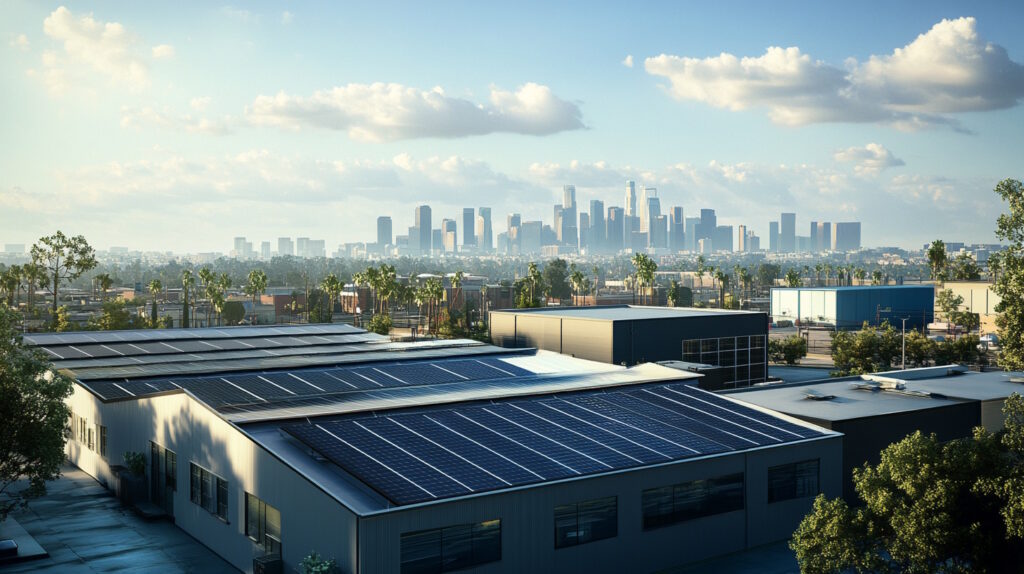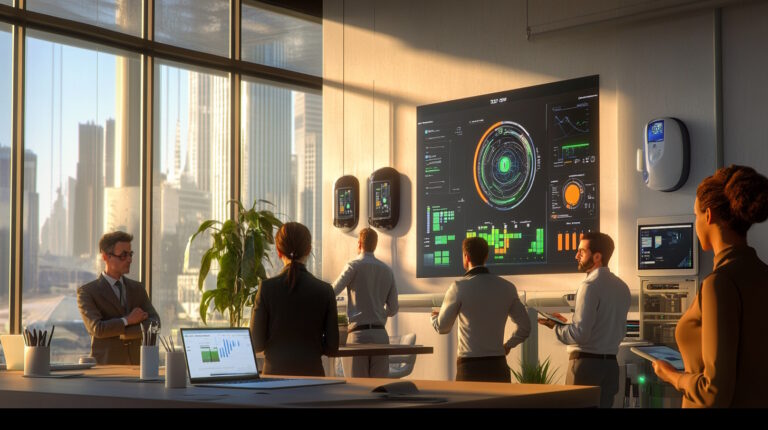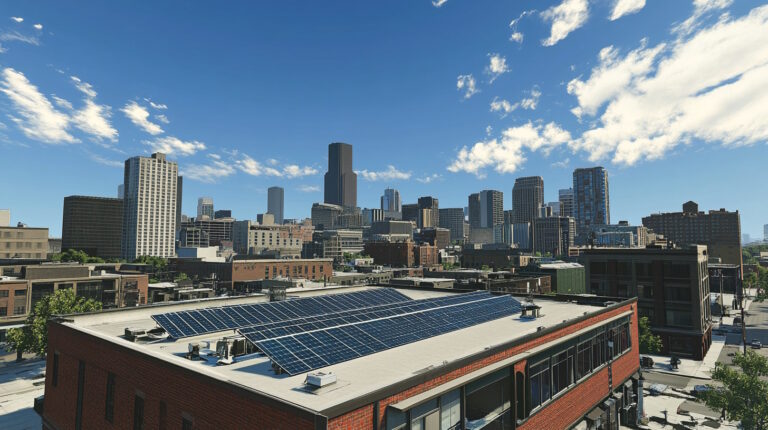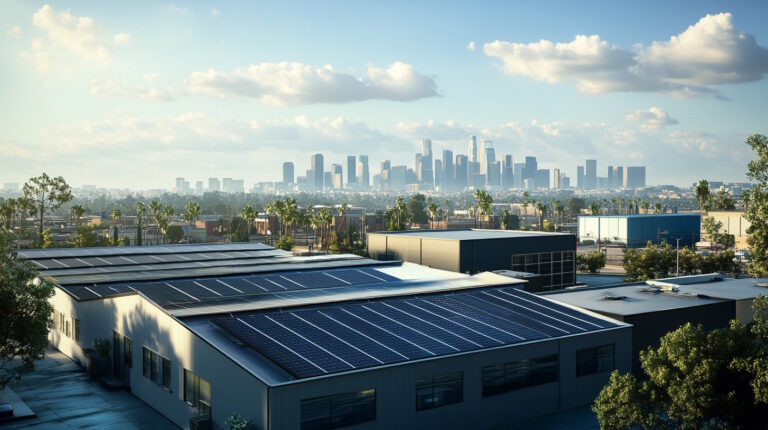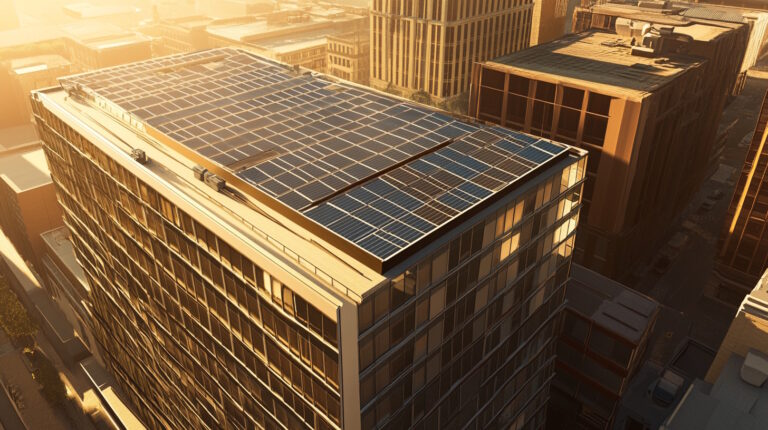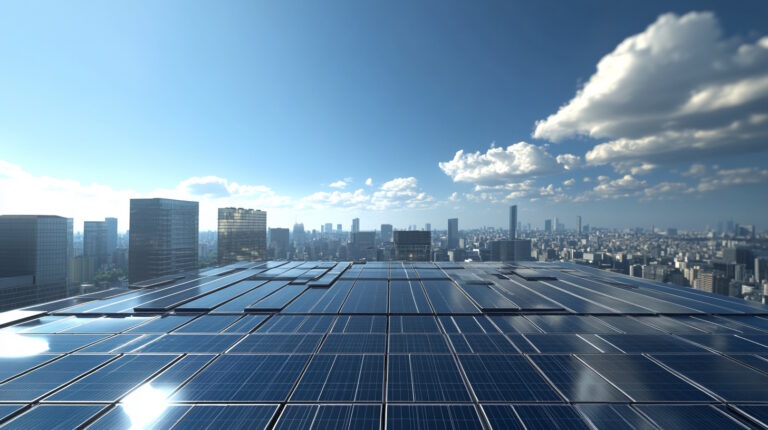Article Insights
– 💡 Discover the three main types of solar systems and how they can satisfy your energy needs.
– 💡 Learn the essential components and benefits of solar energy systems that go beyond just cutting costs.
– 💡 Understand the factors to consider when choosing the right solar power system type tailored to your lifestyle.
– 💡 Explore the future advancements in solar technology that are shaping tomorrow’s sustainable energy solutions.
Embracing Solar Energy for a Sustainable Future
As the global community increasingly shifts towards renewable energy sources, understanding solar energy systems and the types of solar systems available is essential.
With escalating concerns about the environment and fluctuating energy prices, many are on a quest to tap into solar energy’s abundant potential.
This article will unravel the three main types of solar power system types, offering insights into how the sun’s power can be harnessed smartly and sustainably.
Solar energy systems have become more than just a green alternative; they embody cost savings, energy independence, and a heavy reduction in our environmental footprint.
So, whether you’re planning to go off the grid on a wilderness retreat or simply looking to save some bucks on the energy bill, knowing which solar energy system fits your needs is vital.
What Exactly Are Solar Energy Systems?
Solar energy systems are engineered marvels that translate the sun’s radiant energy into usable electricity or heat.
They serve as a pivotal part of global efforts to promote sustainability and energy resilience.
At their core, solar energy systems are comprised of solar panels that capture sunlight, inverters that convert the energy into a usable form, batteries for storage, and mounting systems that ensure everything stays in place.
The appeal of solar energy systems lies in their practical benefits.
But beyond the noticeable dip in electricity bills and reduction in carbon emissions, they empower individuals and businesses to take control of their energy consumption.
A leap to clean energy doesn’t just save the wallet; it fortifies our planet’s future.
Unpacking the Three Main Types of Solar Power System Types
Solar systems are as diverse as the needs they satisfy. To clarify your choice, here’s a detailed look at the three main solar power system types.
Grid-Tied Solar Systems: The Most Common Solar Energy Systems
For urban homes and businesses, grid-tied solar systems offer the best of both worlds.
These solar energy systems connect to the local utility grid, seamlessly working in tandem with conventional energy supply.
Users of grid-tied solar systems draw power when needed, and if there’s an excess, it gets fed back to the grid, often earning credits through a process known as net metering.
Grid-tied solar systems appeal due to their relatively lower upfront costs—no large batteries to purchase—as well as their uninterrupted access to power even on overcast days.
Those interested in these systems can often benefit from various government incentives, further sweetening the deal.
Off-Grid Solar Systems: The Self-Reliant Solar Power System Type
Off-grid solar systems cater to those wanting total energy independence.
They capture solar energy and rely on batteries for storage, offering a lifeline to remote locales or those yearning to break free from conventional energy shackles.
The allure of off-grid solar systems lies in their capability to power locations often inaccessible to traditional utilities.
However, this independence comes at a price. Their complexity and the need for storage batteries make them a more costly initial investment.
Hybrid Solar Systems: Merging the Best of Both Solar Energy Systems Worlds
Hybrid solar systems combine features of both grid-tied and off-grid systems, giving users flexibility and peace of mind.
These systems connect to the grid while also possessing battery storage capability. Hence, they can use solar power, stored energy, or grid electricity as needed, ensuring reliability even during blackouts.
Hybrid systems are particularly appealing for those wary of power outages but also interested in selling excess power back to the grid.
The agility of a hybrid solar power system type paves the way for optimized energy management, crucial for days of high energy demand or storage needs.
Weighing Your Options: Choosing a Suitable Solar Power System Type
Selecting the right solar power system type involves more than identifying your favorite sun-capturing technology. Consider several factors:
Your geographic location impacts how much sunlight you receive and, consequently, the system’s efficiency.
Check your average energy consumption to tailor a system that aligns with your needs. Assess your budget—it’s wise to balance initial costs against long-term savings, not to mention the substantial incentives offered by many governments.
Solar Energy Systems: A Basket of Benefits
Whichever solar system you choose, the perks are substantial. Solar energy systems drastically cut or even obliterate electricity costs in the long run.
By reducing reliance on fossil fuels, they shoulder some of the burdens on our environment, curtailing greenhouse gas emissions significantly.
They foster a heightened sense of energy independence, empowering homeowners and businesses alike to play a decisive role in their energy future.
Overcoming Misconceptions Around Solar Power System Types
Despite their growing popularity, several misconceptions about solar systems persist. It is often assumed that solar systems come with exorbitant upfront costs.
While this might have been true a decade ago, innovations and financing options such as solar loans and leasing have made solar energy systems surprisingly affordable.
Some believe solar energy systems are only viable in bright, sunny climates. However, even on cloudy days, solar panels effectively generate energy, albeit with varying efficiency.
Additionally, modern installation techniques ensure that setting up these systems is neither complicated nor invasive.
A Glimpse into the Future of Solar Energy Systems
The solar industry is brimming with innovation. Advances like bifacial solar panels and aesthetically pleasing solar roofing options are redefining solar energy systems, making them more efficient and attractive.
Community solar initiatives promise to widen access, enabling even those without rooftops to partake in solar energy’s rewards.
As governments worldwide commit to aggressive renewable energy goals, the demand and deployment of solar energy systems are set to soar, illuminating the path to a cleaner, sustainable energy landscape.
Your Journey to Solar Energy Solutions
Making the leap to solar isn’t just a declaration of environmental sustainability; it’s stepping into the future.
By understanding the types of solar systems, from grid-tied to hybrid solutions, you empower yourself to make knowledgeable, impactful decisions that match your energy needs and lifestyle.
So, are you ready to join the solar revolution? Harness the sun’s energy and embrace a greener lifestyle with Green Current Advisors’ Solar Energy Solutions.

